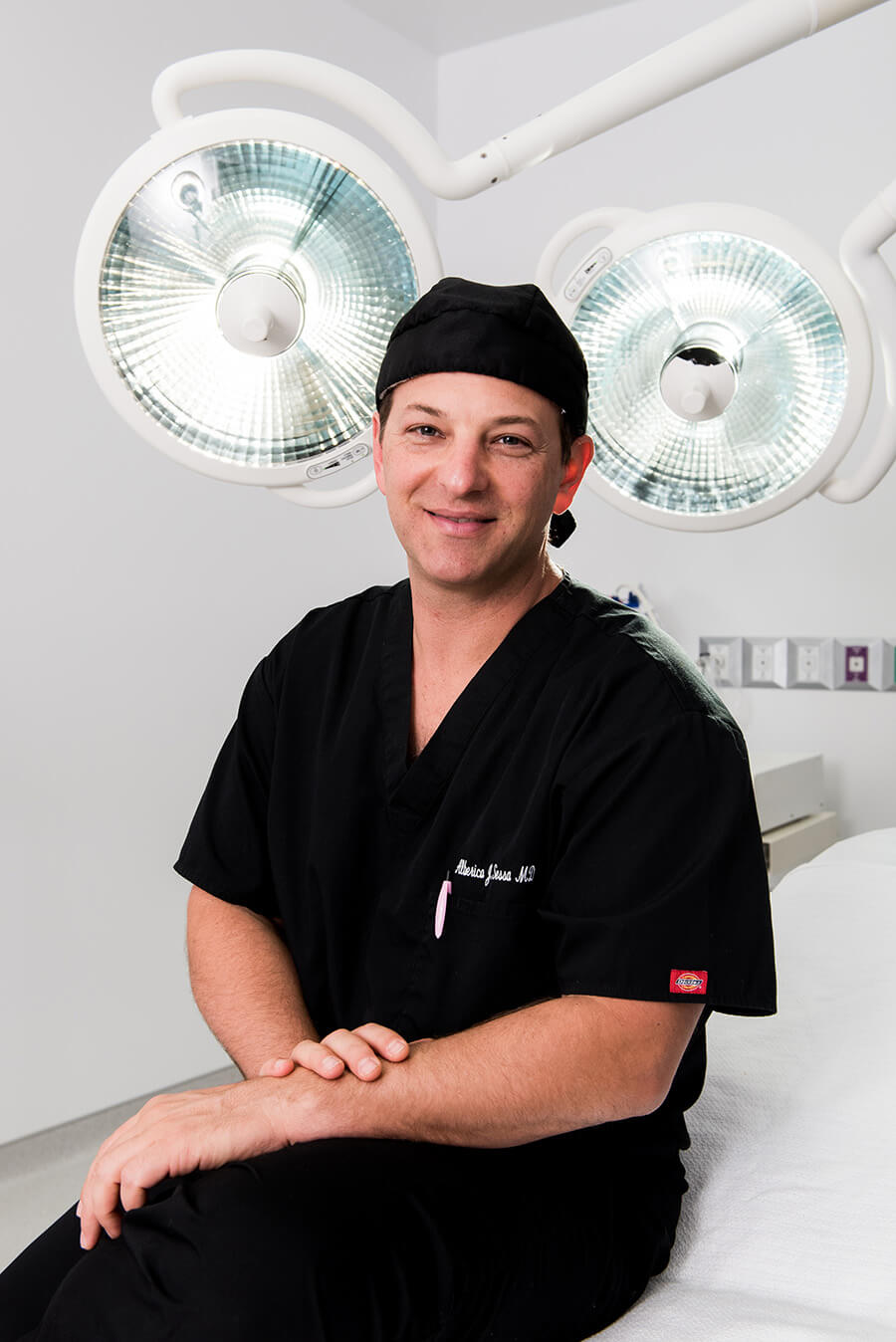Free Personalized Consultation Now
(941) 313-7746
Recognized as the best plastic surgeon in Sarasota, Dr. Sessa has successfully treated thousands of satisfied patients as attested to by his 5-star reviews on all major patient review websites. He is board-certified in multiple medical specialties, holding himself and his staff to the highest standards. As a board examiner for the American Board of Cosmetic Surgery, Dr. Sessa is up to date on all cutting-edge procedures and is more than happy to discuss which procedures he may utilize to give you the individual results you desire.
As we age, our bodies naturally undergo changes that we don’t always love. Some people find diet and exercise alone are no longer sufficient to keep undesired fatty deposits away. Others may find their skin has lost its natural glow and is beginning to wrinkle. Other people find their breasts no longer have the same shape and placement of their youth. Whether you are looking to turn back the clock on time, or simply want some of your features touched up, we are more than happy to speak with you.
Sarasota Surgical Arts prides itself on its ability to offer cutting-edge plastic surgery procedures in a state-of-the-art medical facility. Dr. Sessa and his team of anesthesiologists, nurses and aestheticians practice in a facility meeting the stringent requirements set by the Florida Board of Medicine. We have high patient satisfaction rates, and are frequently featured in the news.
Cosmetic surgery is an amazing tool to help people achieve their look and confidence. Feeling good about the way you look can change the way you feel. At Sarasota Surgical Arts, we listen to your needs and desires and help our patients reach their goals without appearing unnatural. Please visit our before and after galleries to see pictures of exemplary results.
Check out out Media Center and watch the journeys of our amazing patients from consultations to post-up. Learn about the advanced techniques of Dr. Sessa and much more.




Focused on quality patient care, we welcome you to take a virtual tour of our practice. See our reception area, enjoy the lobby and visit each of our rooms to become familiar, comfortable and welcomed.